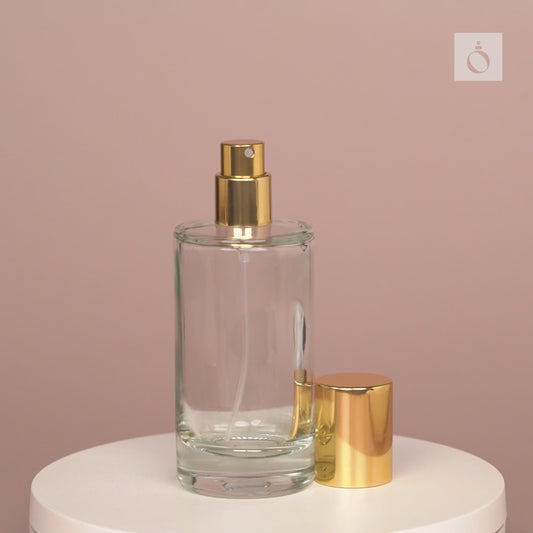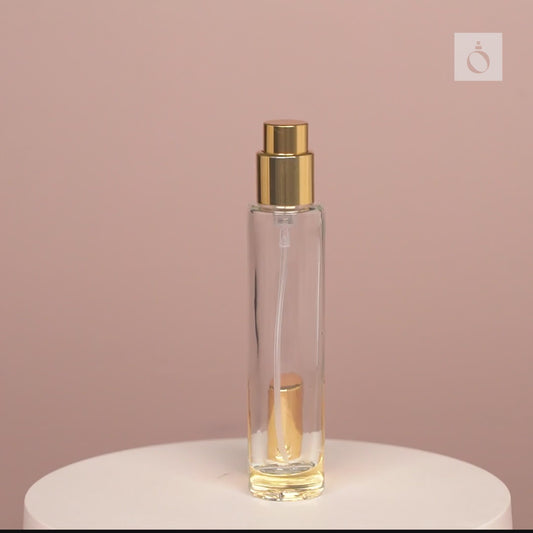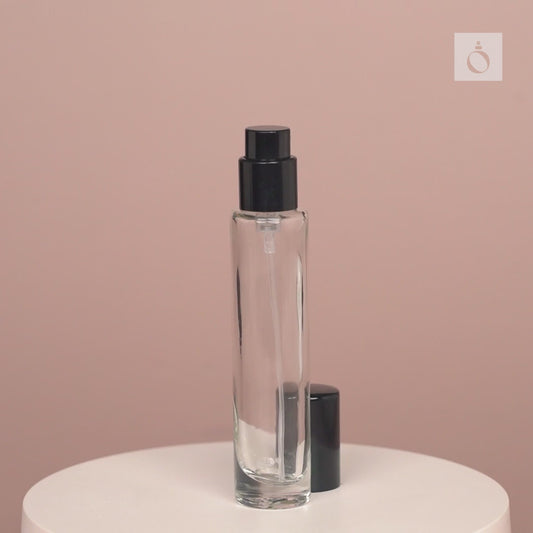In the intricate domain of fragrance packaging, the design and allure of perfume glass bottles play a vital role in attracting customers. With the advent of glass printing technology, brands now have several options to differentiate their products through decoration. This listicle explores five major techniques in glass printing that redefined aesthetics for custom perfume bottles by discussing the key advantages and uses for each method.
Screen Printing (Silkscreen)
Screen or silkscreen printing is known for its versatility and durability. It involves ink being passed through a mesh screen on to the bottle, creating vivid and accurate designs. Appropriate for both mass production and limited editions; Screen printing can support different kinds of inks including UV reactive ones as well as metallic inks, thus enabling brands to express themselves creatively.
Digital Printing
This has been a game changer in the industry allowing digital images with exceptional detail and a wide range of colours to be put directly into bottles made of glass. It is particularly good at producing photorealistic pictures as well as complex patterns which cannot be obtained using conventional methods. Digital printing ensures fast customization without any need for physical screens making it an economical choice especially when it comes to short runs or niche collections.
Pad Printing
Pad printing is excellent when it comes to decorating curved or irregular surfaces, which makes it very suitable for unique bottle shapes. A silicone pad moves ink from a plate that has been etched onto the glass to achieve more advanced and precise images. As compared to screen printing, although it is slower, but still its decoration capabilities are highly specialised resulting in high quality work which makes the technique indispensable for top-quality fragrance lines.
Hot Stamping (Foil Printing)
Where luxury and class are concerned, hot stamping cannot be beaten. Metallic foil is transferred onto the glass by heat and pressure during this dry print process giving it a shiny finish with an elegant appearance though limited colour palette. The exclusive metallic shine of hot stamped designs coupled with their limited colour range creates an impression of exclusivity as well as high value.
Etching and Engraving
Parts of the glass surface can be removed through etching and engraving techniques to give them textured looks, usually in three dimensions. Chemical treatment leads to acid etching on glass thus giving it a frosted look while mechanical or laser tools carve fine patterns into the bottles known as engraving. Therefore these methods represent some sort of sense of touch i.e., they create a feeling of classic beauty hence enhance the overall sensory experience associated with perfumes.
Conclusion
Selecting the right glass printing technique is crucial for perfume brands aiming to stand out and captivate the market. From the robust and versatile screen printing to the innovative and customizable digital printing, each method offers distinct advantages. Pad printing's adaptability, hot stamping's luxurious appeal, and the classic beauty of etching and engraving allow brands to craft custom perfume bottles that not only house their fragrances but also embody their essence and ethos.
As leaders in perfume packaging solutions, we at Packamor.com play a vital role in bringing these artistic visions to life. By harnessing these diverse glass printing technologies, they enable brands to create unforgettable, aesthetically pleasing bottles that resonate with consumers, blending artistry with the essence of the fragrance to tell a compelling story.






















































